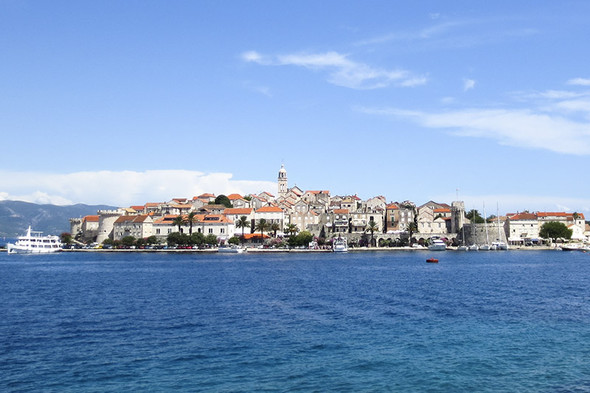A memorial plaque at the end of the arcades of the Korčula Port Authority commemorates one of the greatest Hungarian poets of the 20th century. Dalmatia was a favoured place of Lőrinc Szabó, the Hungarian poet, a fact that is clearly indicated by several of his poems included in the book Cricket Song. If as Hungarians we find ourselves here and after having ordered a roasted fish we stare at the distant horizon, we should rather mull over this instead of the cheap wax figures exhibited in the fake Marco Polo Museum. We will miss out on an illusion but we will benefit from the Mediterranean reality.
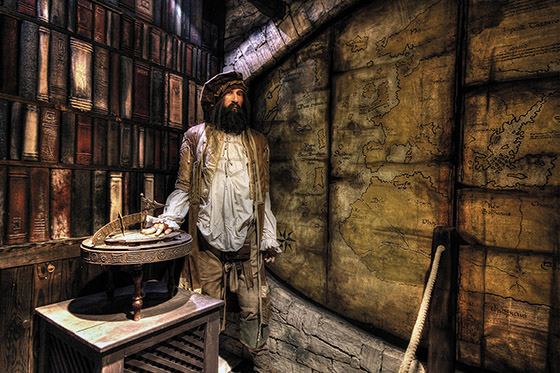
Only a few people take the effort to look a bit into the history of the Croatian people. For nearly 800 years, the two countries (Croatia&Hungary) existed in a personal union, the nobles were granted lands alternately from the monarch (from the 1520s from the Habsburgs) but the state organizations functioned separately. In the early ages, the western, Frank missionaries played a key role in converting the Croatian people to Christianity and thus, although later on Slavonic liturgy came to the forefront through Cyril and Methodius, the Roman Catholic Church and the Latin alphabet played a decisive role in the Croatian speaking culture. The best example of that is the rich oeuvre of the humanist poet Ivan Česmički. The later bishop of Pécs, known under the pen name Janus Pannonius is claimed by two nations for themselves.
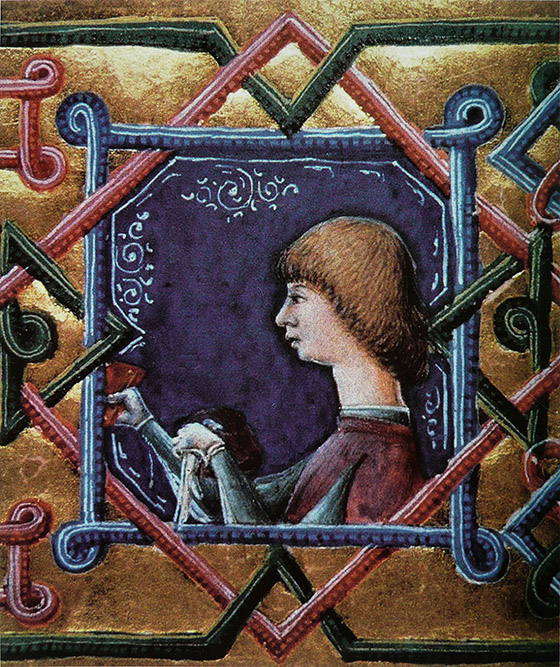
Beyond the numerous things in common, one should also clarify which region of the sea shores one visits, since compared to Hungarians, Croatians are much less uniform ethnographically and culturally. On Istria, Venetian domination and Italian influence are dominant and people living there also consider themselves Istrian and not Croatian. In Dalmatia the Italian influence is still represented (and the former Venetian presence is still visible mainly in the ornamentation of buildings) though the winged lion faces a serious adversary in the town of Ragusa (today Dubrovnik). Dalmatia is an interesting mixture of the Latin and the Slavic culture restricted to the narrow coastal strip. On the other side of the mountain ranges separating it from the inlands a completely different world can be found combining Byzantine and Muslim elements and showing Turkish-Slavic and some Thracian fragments. Pedrag Matvejevic writes that the Mediterranean effects of the coast cannot be felt 20 kilometres away from the water. On this land the above sentence fully makes sense considering that one side of the mountains shows Mediterranean characteristics while the other is perfectly continental. This is important not only historically and ethnoculturally but it is also reflected in the cuisine.
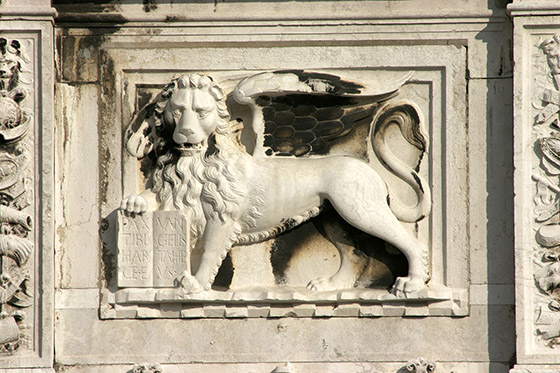
Mediterranean thoughts from stone soup to burek
The term Mediterranean comes maybe from Aristotle. In his work De mundo, he called the sea formerly known as the Great Sea, the Inner Sea (he eso thalassa) differentiating it from the outer one, the ocean. It is interesting that the noun Mediterranean denoted the inlands in the old times, since mediterraneus is the antithesis of maritimus, it is an area that is surrounded by land on all sides. According to Cicero continental people are the most Mediterranean men (homines maxime mediterranei) and this idea lead to the name Inner Sea. Since it is surrounded by land the above epithet was added to it. Isidore of Seville was the first to use it as a proper noun in his work De mediterraneo mari :
“It is also called Mediterranean, since it pours to the east through the middle of the land, media terra …” [Translated by Priscilla Throop]

Unfortunately about the cuisine of the Mediterranean much less essays survived than we would wish for, but one thing is for sure, the term comprised olive trees and grapes already thousands of years ago. The stone soup being a common element of folk stories is a real idea on the rocky islands of the Adriatic Sea. For making the soup, two or three medium size, preferably porous stones of a darker colour are taken from the bottom of the sea. The stones then undergo a lengthy boiling in rain water then are seasoned with bay leaf and thyme, two spoons of olive oil and wine vinegar are added and if the stones have been laying in the sea for enough time, there is no need for adding salt.
According to Matvejevic stone soup has at least as ancient a history as that of dearth in the Mediterranean.
But do not worry, odds are low that such soup will be offered to us as tourists, true enough though that typical Croatian meals are hard to find. The region along the coast is rather uninteresting gastronomically however those who like marine ingredients may find satisfaction in the sea of roasted fishes with green salads, lemon, some olive oil and wines. The Croatian fish stew (brudet) has nothing to do with the Hungarian or South French fish stews. The name denotes a thick, juicy and rather flavourless thing that is cooked for a long time in its own fat. Children need not worry, the Italian influence is represented here; pizza and spaghetti Bolognese are available almost everywhere and for adults the dry-cured ham (pršut) is a must. On the continental areas over the mountains, Turkish influence can be strongly felt: roast lambs (janjetina), spicy skinless meat sausages (Ćevapčići), relish made from tomato, eggplant and pepper (ajvar) are all on the menu, but stuffed peppers and strudels, similar to their Hungarian counterparts, are not unknown either. The flaky pastry stuffed with cottage cheese, vegetables or ground meat (burek), also reflecting oriental influence, is more and more popular at other places too.
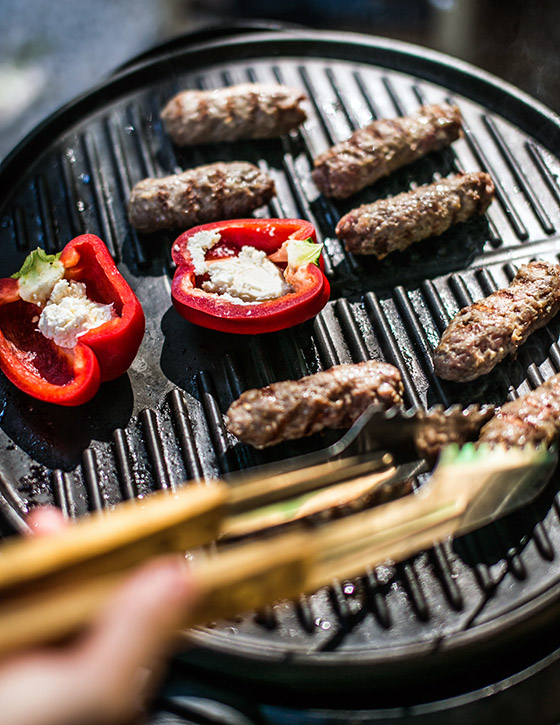
What shall we drink?
Evidently, if on a vacation a bottle of Dingač or Postup is a must on our table although full-bodied, rich red wines with a serious alcohol content do not match the local dishes. As a foreigner it is hard to find our way through the shop shelves just like at home. Plavac Mali giving the most important red wine throws most of the consumers with its incredible tannins. It is worth testing it though since the iconic Dingač and Postup are made of this variety as well; their names refer to the place of production. Both wines are originated from the Pelješac Peninsula, the latter from the gently sloping coastal lands near Orebić, while the former from the steepest slopes, frequently from deep hollows where even wind can hardly cut through.
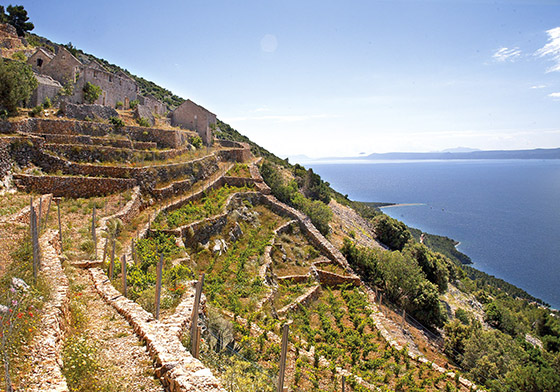
Many believe that Plavac Mali is a grape variety identical with Zinfandel but strictly speaking this is not true. Zinfandel that became world famous in California is identical with the Italian Primitivo and the Croatian Crljenak Kaštelanski varieties and together with Dobricic it is the parent variety of Plavac Mali. If we want to avoid tannins giving us a pulling and drying sensation we’d better dig deeper into our purse and chose a wine from Korta Katarina or Milos. And if we are looking for something to match our fish dish then the solution is Posip, the indigenous grape variety in Korčula. Do not expect a light white wine but its exciting mineral character well worth the money. We have to conduct lengthy experimentations to find what we need, though. Korta Katarina, as a jolly joker may be a good choice again. If you are eager to learn more, do not hesitate to hit the road and visit Dalmatia.



